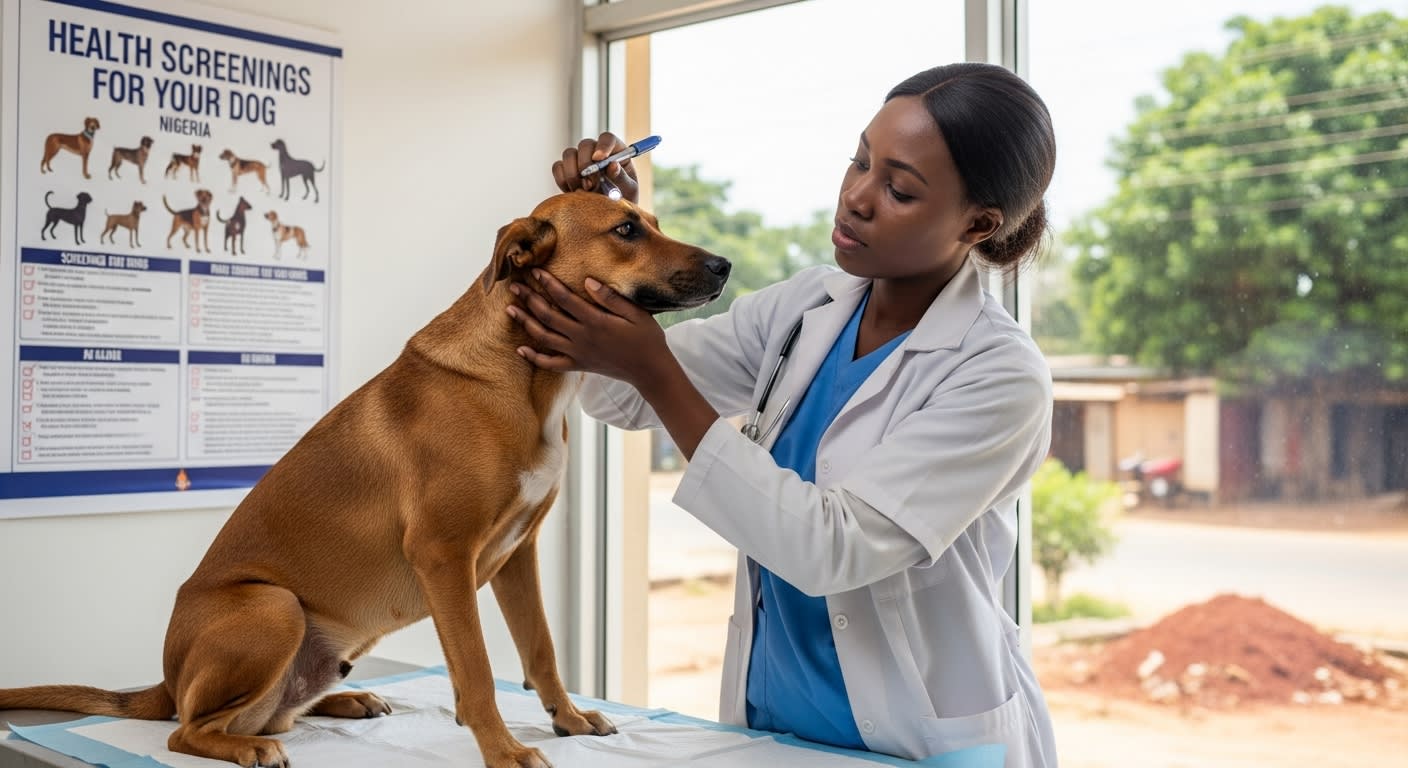Pet Health & Veterinary Care
Emergency Intervention For Your Cats At Home
Emergencies can strike at any moment, and when they involve your feline companion, taking quick emergency intervention for your cat can make the difference between life and tragedy. Because cats often hide pain and discomfort, problems may escalate before you notice them. Therefore, every cat owner should stay prepared, especially since brands like Mygotovet continue to empower pet parents with reliable tools and products for emergency situations. As you learn essential first-aid practices, you gain the confidence to act fast while seeking immediate veterinary support.
Recognizing When Your Cat Needs Urgent Help
Although cats are naturally independent, they rely entirely on you during emergencies. Since early detection can save their lives, you should understand the key warning signs. For instance, difficulty breathing, sudden collapse, uncontrollable bleeding, seizures, or pale gums signal life-threatening conditions that require instant action. Additionally, unproductive straining in male cats, rapid breathing over 50 breaths per minute, or open-mouth breathing should prompt immediate intervention. Because situations escalate quickly, recognizing symptoms early helps you provide life-saving assistance before reaching a veterinarian.
Furthermore, understanding normal physiological values allows you to identify abnormalities faster. A healthy adult cat typically maintains a body temperature between 38.0°C and 39.2°C, a pulse rate of 120–180 beats per minute, and a respiratory rate of 20–40 breaths per minute. When these numbers fall outside normal ranges, your cat may be in distress. Consequently, knowing these values beforehand ensures a more confident emergency response.
Preparing Before Emergencies Occur
Even though emergencies are unpredictable, preparation creates a powerful safety net. Therefore, every cat owner should keep a well-stocked first-aid kit at home. Your kit should include gauze pads, sterile bandages, medical tape, syringes for administering liquids, digital thermometers, and disposable gloves. While human medications may seem helpful, they can severely harm cats, so avoid them entirely unless instructed by a veterinarian.
Moreover, storing your cat’s essential records in a waterproof folder ensures quick access during crises. Vaccination history, rabies certificates, prescriptions, microchip numbers, and your veterinarian’s contact information must all remain accessible. Because emergencies often happen under stressful conditions, having everything organized prevents delays during transportation or treatment.
RECOMMENDED:
Top 10 Essential Pet Supplies For Pet Owners In Nigeria
Best Cat Breeds For First Time Pet Owners In Nigeria
Top 5 Common Health Issues In Cats And How To Prevent Them
Step-by-Step First Aid for Common Cat Emergencies
1. Choking and Breathing Difficulty
Choking is one of the most frightening emergencies for cat owners. If your cat struggles to breathe, paws at the mouth, or produces wheezing sounds, act quickly. Start by opening the mouth gently and pulling the tongue forward to check for visible obstructions. Although it may feel instinctive, avoid pushing anything deeper, as this worsens the situation.
If the object remains stuck, perform modified abdominal thrusts. Lift your cat with its spine resting against your chest, form a fist beneath the last rib, and push upward firmly five times. Alternatively, you may give five sharp blows between the shoulder blades to dislodge the item. Once your cat breathes again, take them to the vet immediately for further evaluation.
2. Poisoning and Toxic Exposure
Because cats groom themselves, ingestion of toxins can happen rapidly. If your cat encounters chemicals, poisonous plants, spoiled food, or medications, take immediate action. First, remove your cat from the source. Then, contact your vet or a poison hotline. Bring the packaging along for proper identification during treatment.
In cases where the toxin contaminates the coat, rinse the fur with lukewarm water to prevent ingestion. However, never induce vomiting unless your vet instructs you to do so. For example, corrosive substances, petroleum products, or sharp foreign objects can cause internal injury if vomited.
3. Severe Bleeding and Open Wounds
Bleeding can become dangerous within minutes, so quick pressure application is critical. Place a clean cloth or gauze directly on the wound and apply firm pressure. If blood soaks through, add more layers rather than removing the initial one. For spurting wounds, hold pressure above the injury; for flowing bleeding, apply pressure just below.
In extreme situations, a temporary tourniquet may help, but only under strict time limits. Because improper application can damage tissues, keep this method as a last resort while preparing to transport your cat for emergency care.
4. Burns, Electrical Injuries, and Heatstroke
Burns require immediate cooling with clean, cold water for at least 15 minutes. If chemicals cause the burn, rinse continuously for the same duration to reduce tissue damage. Avoid ointments, oils, or butter, as they trap heat and worsen inflammation.
During heatstroke, move your cat to a cool environment and gently lower their temperature using damp towels. Ensure the water is cool, not icy, to prevent shock. Once stabilized, offer small amounts of water.
5. Seizures
Seizures can be alarming, but staying calm helps you respond effectively. Move your cat away from dangerous objects, cushion their head, and dim the lights. Do not hold the cat down or attempt to pull the tongue out. After the seizure ends, document how long it lasted and transport your cat to a vet for immediate evaluation.
How to Perform CPR on Your Cat
When breathing or heartbeat stops, CPR becomes the last line of defense. Use the ABC method:
Airways – Check for obstructions.
Breathing – If absent, give gentle breaths into the nose until the chest rises.
Circulation – Perform chest compressions at a rhythm of 100–120 per minute.
Because CPR requires precision, ongoing education is essential. Brands like Mygotovet continue offering helpful guides to empower pet owners with accurate, life-saving techniques.
Safe Transport After Emergency Intervention
Transporting an injured cat requires great care because stress can worsen their condition. Wrap your cat in a soft towel, place them in a sturdy carrier, and minimize handling. If spinal injury is suspected, transport your cat on a flat surface. Additionally, call your veterinarian before arrival so they can prepare for immediate treatment.
Stay Ready, Stay Informed
Preparedness is the greatest gift you can offer your cat during emergencies. When you understand early warning signs, keep a complete first-aid kit, and learn life-saving techniques, you significantly increase your cat’s chances of survival. To stay fully equipped for every situation, explore reliable pet safety products and emergency resources from Mygotovet today or Find a Vet among our certified cat vets or simply signup to Talk to a Vet and take proactive steps to keep your cat safe. In a crisis, timely veterinary guidance can make all the difference, Mygotovet connects you to licensed vets within minutes.
With our telemedicine support, you receive clear, expert instructions to stabilize your cat before reaching a clinic. Trust Mygotovet for immediate, dependable emergency intervention whenever your cat needs urgent care.Frequently Asked Questions on Emergency Intervention for Your Cat
1. What should I do first during a cat emergency at home?
The first step is to stay calm and assess the situation. Check if your cat is breathing, responsive, or bleeding. Immediately secure them from further danger, then contact your veterinarian or an emergency clinic while administering basic first aid.
2. How do I know if my cat is in a life-threatening emergency?
Life-threatening symptoms include difficulty breathing, pale or blue gums, seizures, collapse, uncontrollable bleeding, persistent vomiting, open-mouth breathing, and unproductive straining in male cats. These require instant intervention and urgent veterinary care.
3. What should I keep in a cat emergency first-aid kit?
Your kit should include sterile gauze, bandages, saline solution, medical tape, gloves, a digital thermometer, scissors, tweezers, towels, and emergency vet contact information. A carrier, activated charcoal (only if a vet directs), and your cat’s medical records are also essential.
4. Can I perform CPR on my cat at home?
Yes, but only if your cat has stopped breathing or has no detectable heartbeat. Use the ABC method: Airways, Breathing, Circulation. Clear the airway, give gentle rescue breaths through the nose, and perform chest compressions at 100–120 per minute. Always seek veterinary help immediately afterward.
5. How do I help a choking cat safely?
Check the mouth for visible objects and remove them carefully without pushing deeper. If the object is still lodged, perform modified abdominal thrusts or give firm blows between the shoulder blades. Even if your cat recovers, take them to a vet because complications can occur.
6. What should I do if my cat ingests poison?
Remove your cat from the toxin, identify what they consumed, and call your veterinarian or a poison control line at once. Do NOT induce vomiting unless a vet specifically instructs you. Bring the product or plant sample to the clinic for proper treatment.
7. How do I stop severe bleeding in my cat?
Apply direct, firm pressure with clean gauze or cloth for several minutes. Add more layers if blood soaks through, but don’t remove the first cloth. For spurting blood, apply pressure above the wound; for steady bleeding, apply pressure below. Transport your cat to a vet immediately.
8. What should I do if my cat has a seizure?
Move your cat to a safe space away from objects, dim the lights, and avoid touching the mouth. Do not restrain them. Note how long the seizure lasts. If it exceeds two minutes or happens repeatedly, seek urgent veterinary care.
9. How do I help my cat during heatstroke?
Move your cat to a cool area, wet them with cool (not cold) water, and use a fan to help reduce temperature. Offer small amounts of water once they stabilize. Heatstroke is life-threatening, so take your cat to the vet immediately.
10. How should I transport my injured cat safely?
Gently wrap your cat in a towel and place them in a sturdy carrier or padded box. Minimize movement and keep them warm if they are in shock. If you suspect spinal injury, transport them on a flat board. Call your vet ahead so they can prepare for your arrival.
11. When should I NOT attempt home treatment?
Avoid home treatment when your cat experiences respiratory distress, seizures, deep wounds, falls, broken bones, poisoning, urinary blockage, or severe burns. These require immediate professional veterinary care.
12. Is home first aid enough for cat emergencies?
No. Home first aid is only meant to stabilize your cat temporarily. Veterinary treatment is always required to fully diagnose and manage the emergency.
13. How can I prevent common cat emergencies?
Keep toxins out of reach, secure electrical cords, supervise outdoor access, maintain regular vet checks, and kitten-proof your home. Also, ensure your cat stays hydrated and cool during hot weather to avoid heatstroke.
14. Should I keep emergency vet contacts easily accessible?
Yes. Save your primary vet’s number, the nearest 24-hour clinic contact, and poison control hotlines in your phone and emergency kit. Quick access can save your cat’s life.
Animal Health & Blogs

25 November 2025
0 likesKeeping your dog healthy requires more than love, food, and grooming; it requires understand ...
Read More
25 November 2025
0 likesWelcoming a new puppy into your home is exciting, but it also comes with important decisions ...
Read More